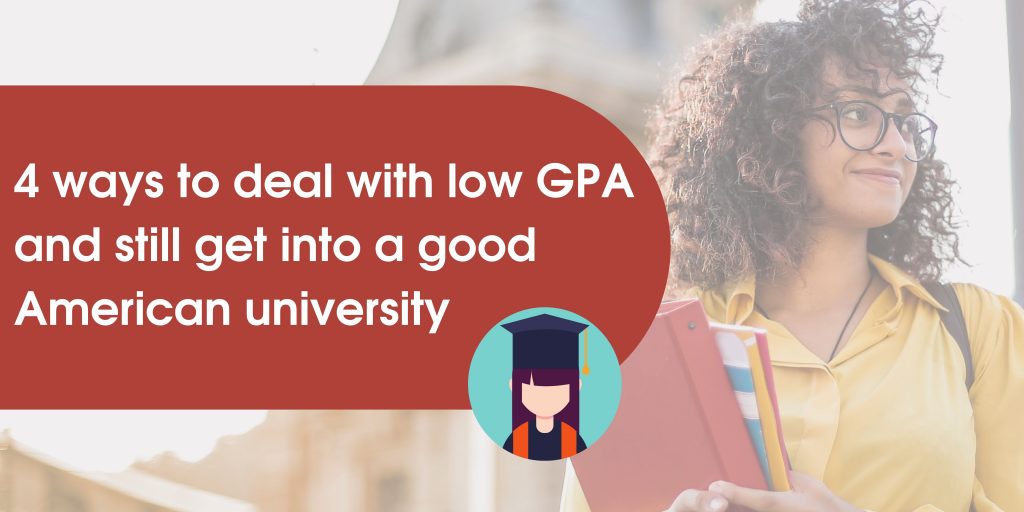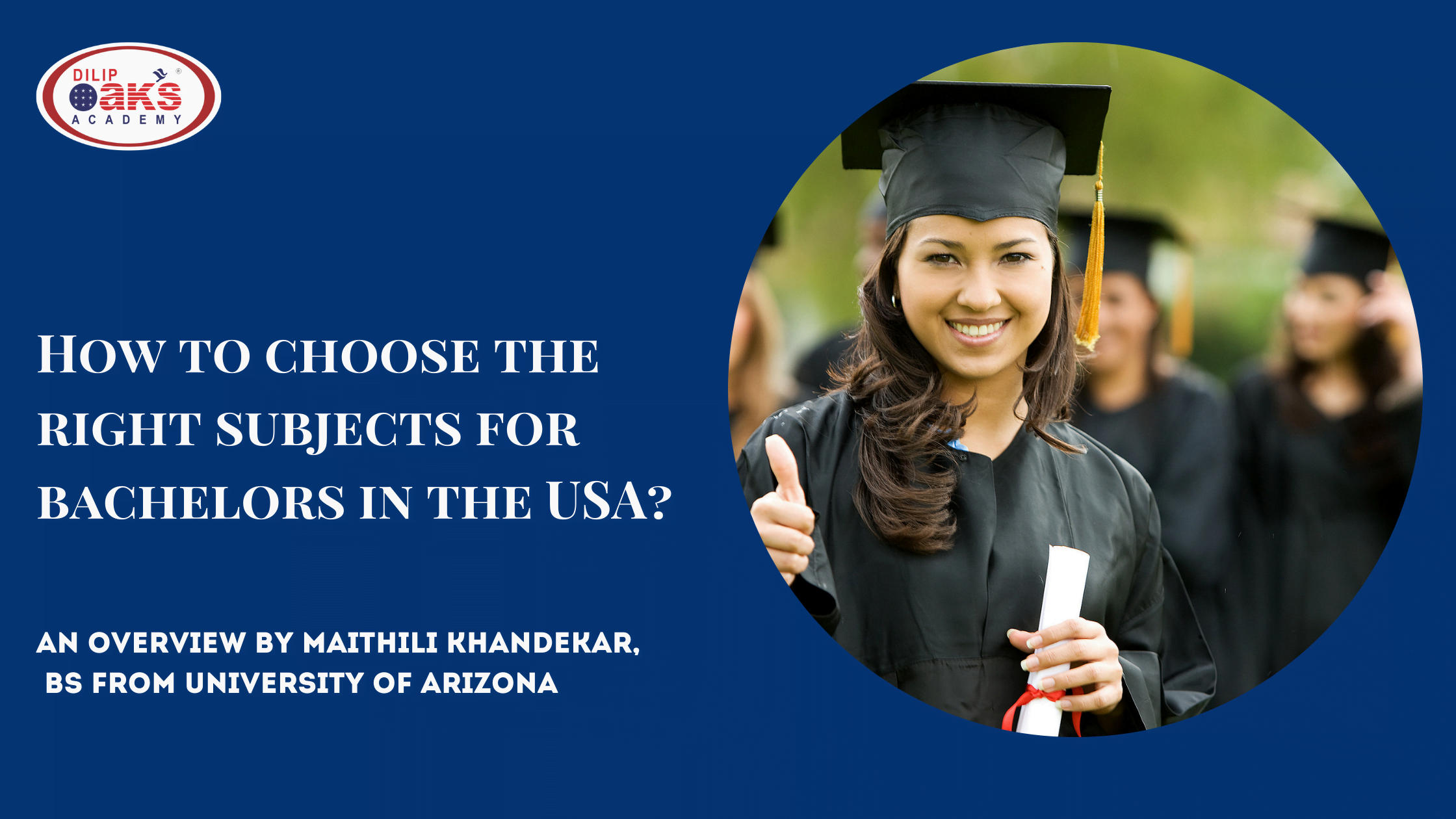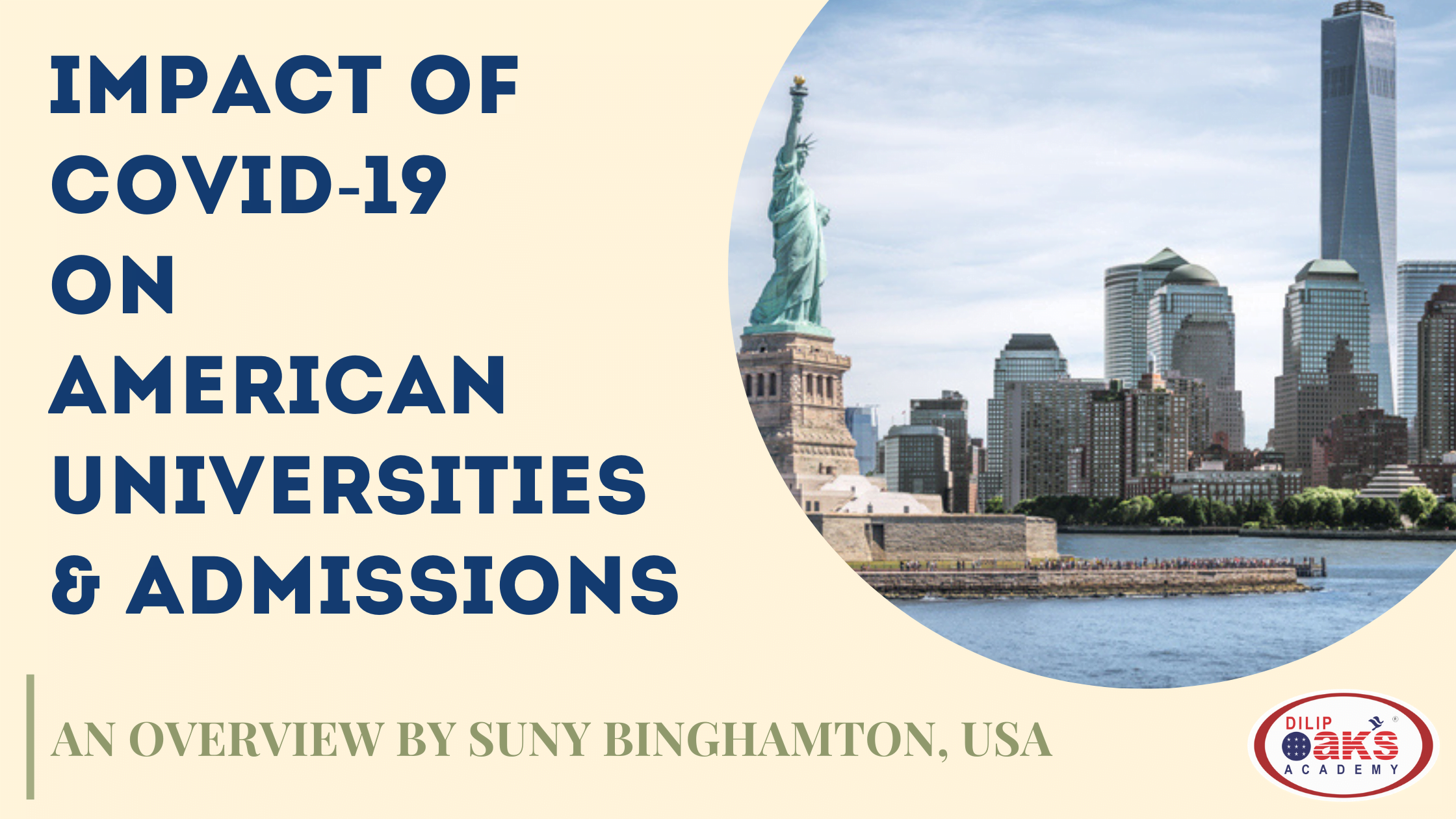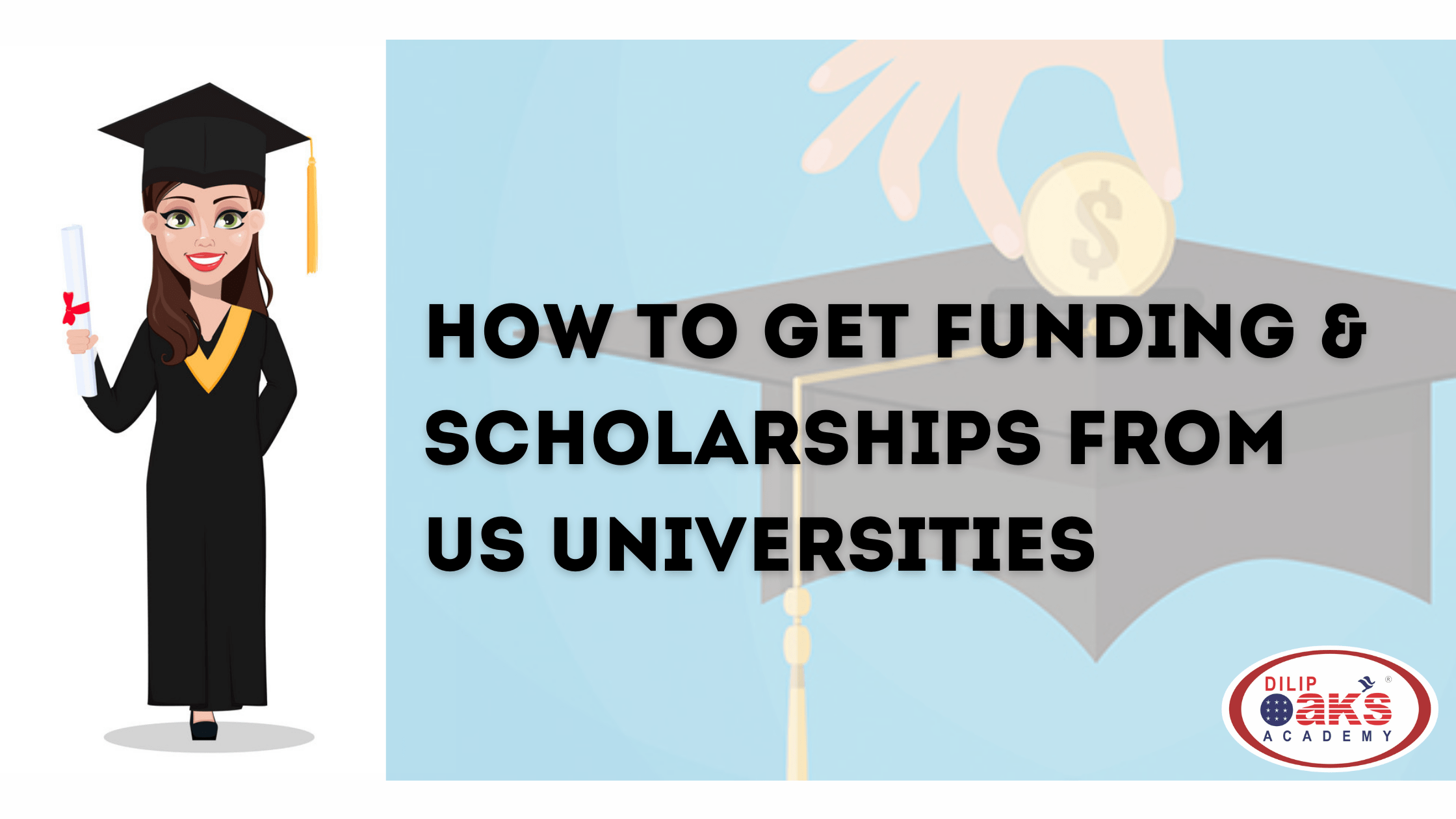
A consistently high GPA in your Bachelor’s degree is one of the important requirements to get into good American universities. But what happens if your GPA is low? Do you still have a chance to get into a good university?
Of course, yes.
American universities have a very holistic approach to a student’s profile and apart from your academic credentials, they consider several other factors including your GRE score before confirming your admission.
So if you have a low GPA, here are the things you need to work upon and highlight in order to make your application impressive:
A good GRE score: Though a lot of universities are waiving off the GRE, we recommend you to take the GRE and aim for a high score (above 320) because a good GRE score definitely adds value to your application and testifies of your strong reasoning and analytical skills that are required for getting RA, GA and TA. To improve your GRE score or prepare for the GRE, avail of our GRE coaching services and enroll for our next GRE batch here.
Strong SoP & LORs: A Statement of Purpose (SOP) is your key tool to enhance your application. It is your only chance to communicate your goals to the admissions committee. Therefore, make sure that your SOP that compels the committee to look at you as a “value addition” to their organization. Under our admission counselling services, we provide personal sessions with our SOP counsellors and help you draft a winning SOP.
Also make sure that you get recommendation letters from professors or project guides under whom you have studied at least for a semester or worked on a project as well as employer you have worked for, for at least a year. This helps to build credibility and impress the admissions committee.
Work Experience: More than on-paper scores, American universities are interested in knowing your practical knowledge of subjects and application skills. A relevant work experience, either an internship or a job, will demonstrate your skills, agility, and ability to work in a dynamic environment.
Co-curricular activities: Projects and paper presentations add a lot of value to your application. Make sure that you’ve worked on strong projects, and presented papers in nationally and internationally recognized seminars and reputed publications.








